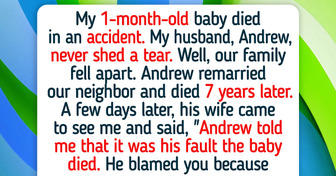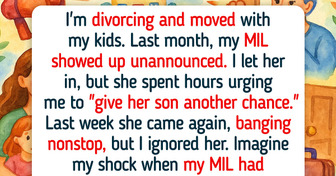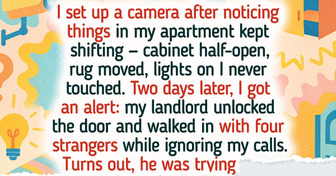Why Parents Bond With Their Kids Differently, and How to Deal With Favoritism at Home
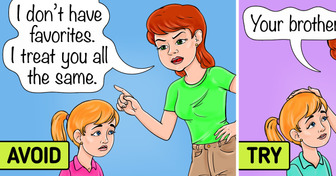
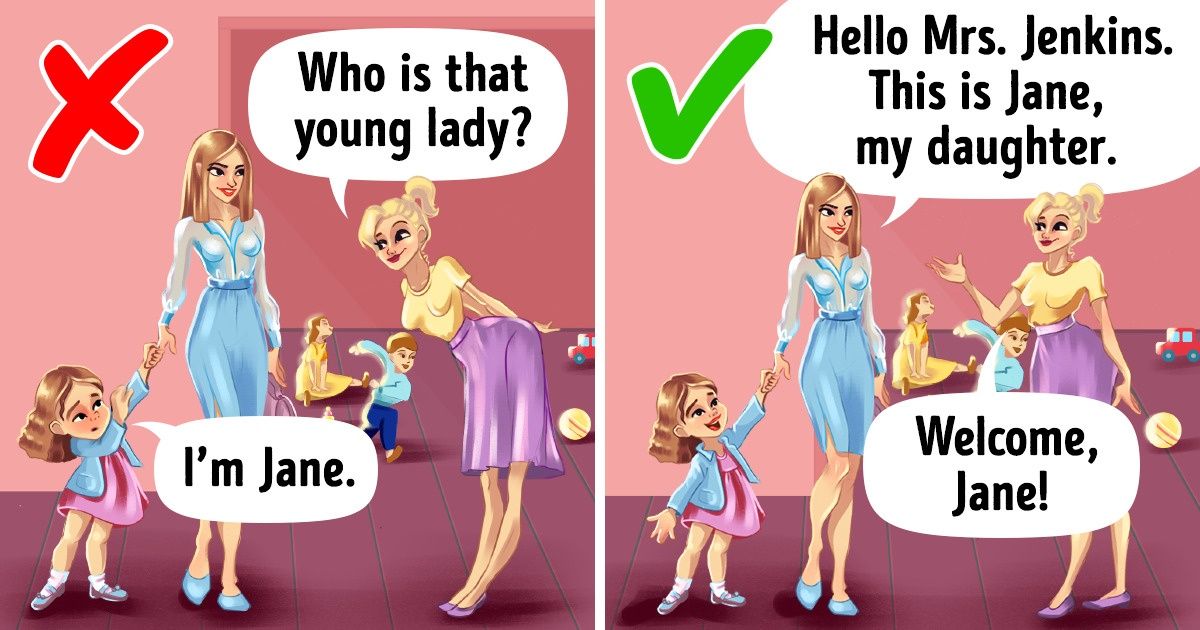
Little kids are very attached to their parents and want to spend as much time as possible with them. Research has shown that kids experience a high level of stress in school and kindergarten because of the long separation from their parents and it affects the development of their brain negatively. But this situation can be improved if you know what to do. And that’s what our article is about.
In her book Rest, Play, Grow: Making Sense of Preschoolers, clinical psychologist Deborah MacNamara talks about how important the attachment to parents and loved ones is for a child. It’s extremely essential for shaping a kid’s personality.
We at Bright Side liked Deborah’s ideas and decided to share with you 3 simple rules that will help a child overcome being separated.
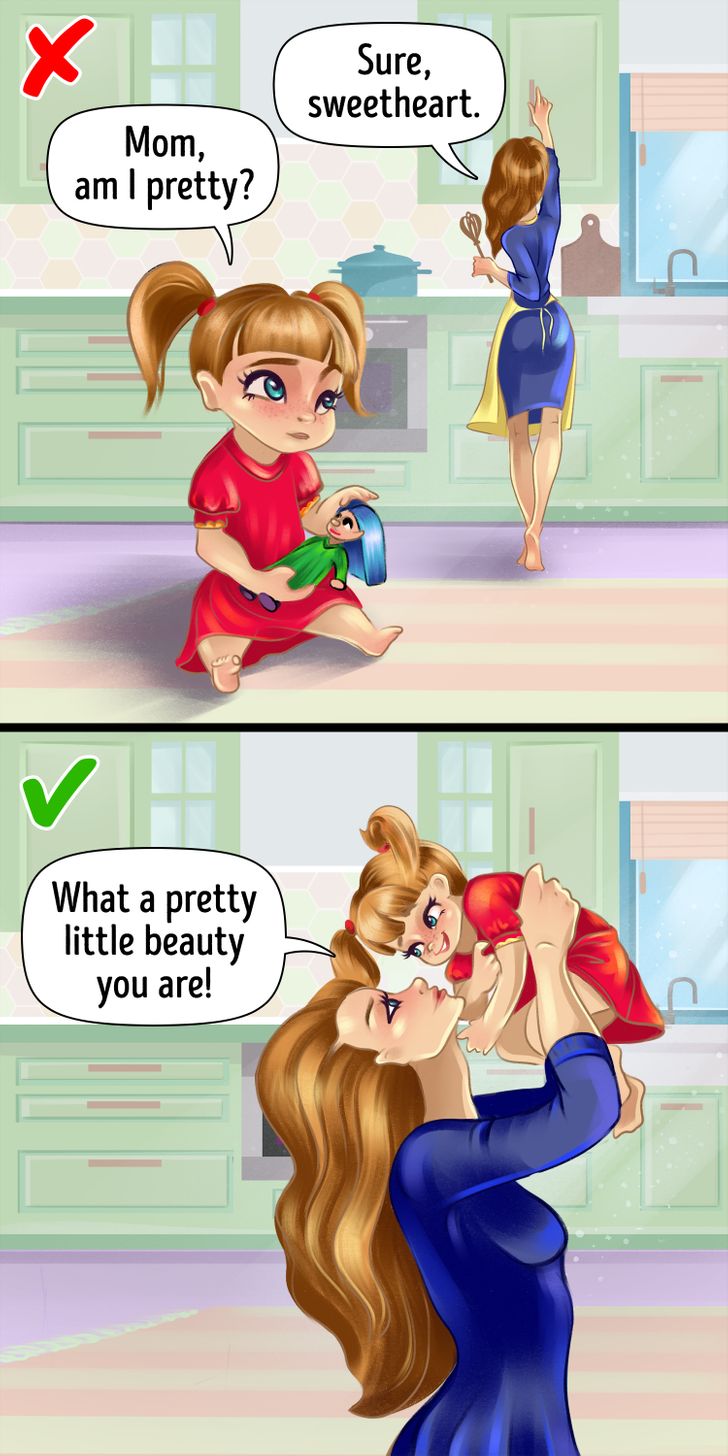
Collecting is an attachment ritual that Deborah MacNamara uses. With its help, you can fulfill a child’s need for a warm connection with their loved ones. In order to accomplish this, you should enter their personal space in a friendly way: establish eye contact and get close your child. To do this, you can come up to them and join the game they are playing or ask how their day has been. Over time this will help you to establish a closer, warmer, and more meaningful relationship with them and your communication will bring them joy and smiles.
Parents can’t spend 100% of their time with their kids. This matchmaking ritual helps to shape their circle of friends correctly and helps parents to grow their kids in the future. The main thing is to build up reliable relationships between your child and the person you entrust them with.
Children have a natural instinct toward shyness that makes them sometimes resist building up contact and close relationships with people that they are not attached to. That’s why the best way to overcome this obstacle is a friendly and warm introduction — it helps kids activate their inclination for friendship and closeness.
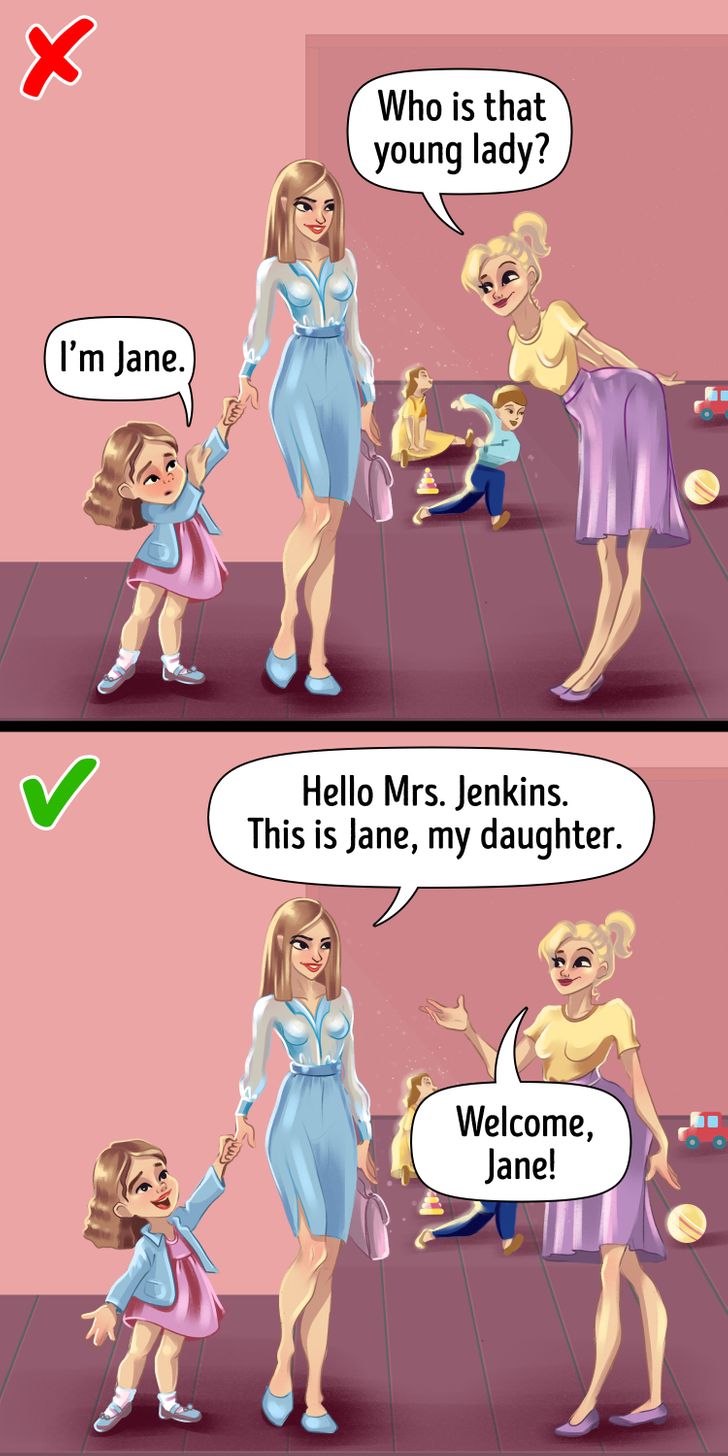
The matchmaking ritual can be accomplished in one of the following ways:
It’s parents who should introduce their kids to people who they want them to get closer to. It helps the child understand that mother and father approve of these relationships and at the same time parents will be able to maintain their main role with the child.
The best way for a kid to feel a connection with another person is via common ground. To make this principle work, a parent should direct their child’s attention to their similarities with the person in focus and outline them. This could mean referring to their appearance, similar interests, hobbies, experiences, or worries.
Kids tend to imitate the attitude of their parents toward other adults. When a kid sees that their parents feel confident and act nice when communicating with another person, then it’s likely that the kid will have similar feelings when interacting with others.
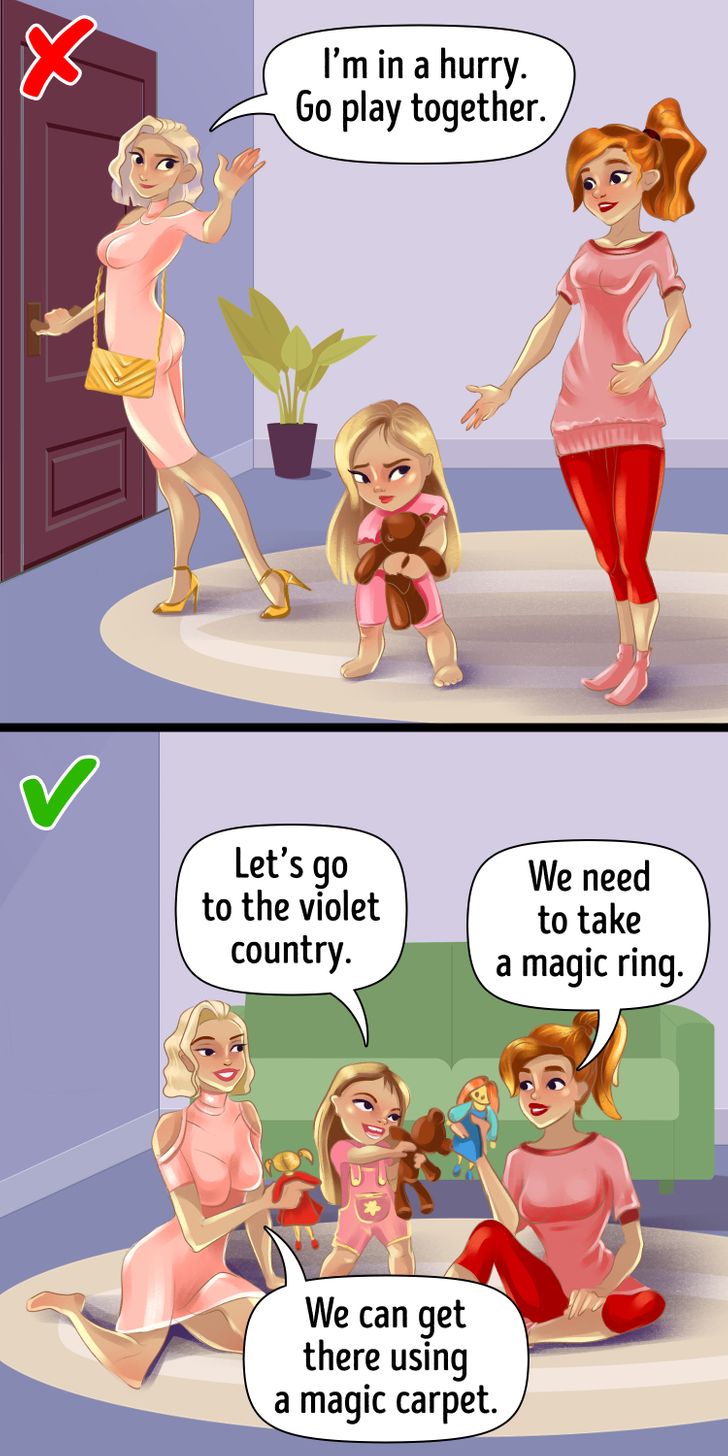
No matter how wide a kid’s communicational circle is, parents should always keep the leading role. For that, parents should be explicit when explaining to their children who they should approach if they need help in case of an emergency.
Traditions and rituals make the surrounding environment safe and understandable for a child. They also help the child feel more self-confident. For example, if you continue to perform the same daily ritual when leaving and picking up your child from kindergarten, it will help to maintain their good attitude toward their environment in general, and to the teacher in particular. It can be an unusual greeting, hugs, a kiss, or a conversation about plans for the evening.
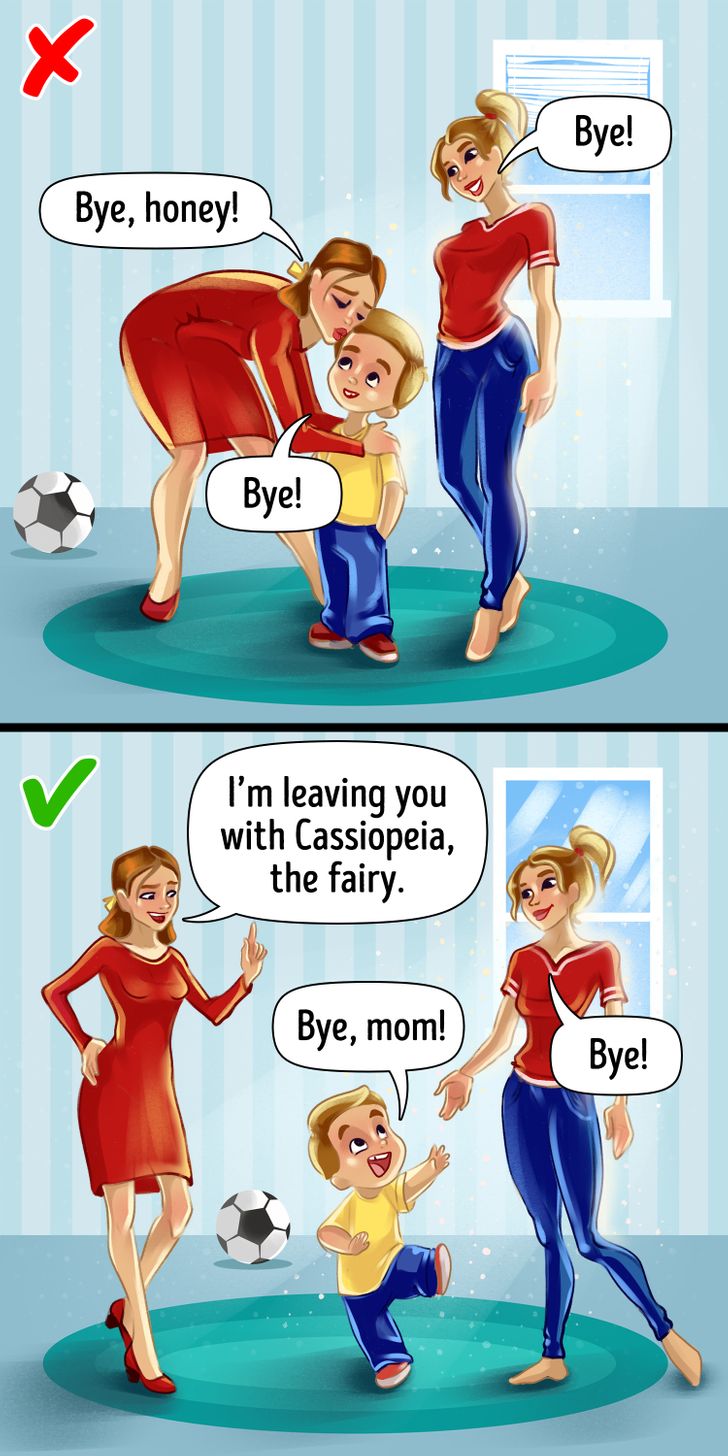
It’s extremely difficult for kids to overcome parting with their parents, especially if they are under the age of 6. If you have to separate from your child, you can entrust your little one to a deputy and try to ’bridge’ the distance between the 2 of you. It can be done with the help of photos, letters, a video call, a toy with your smell — or anything that your child will associate with you.
Outlining future plans about how you will, for example, visit a zoo, will help the child to overcome the time apart.
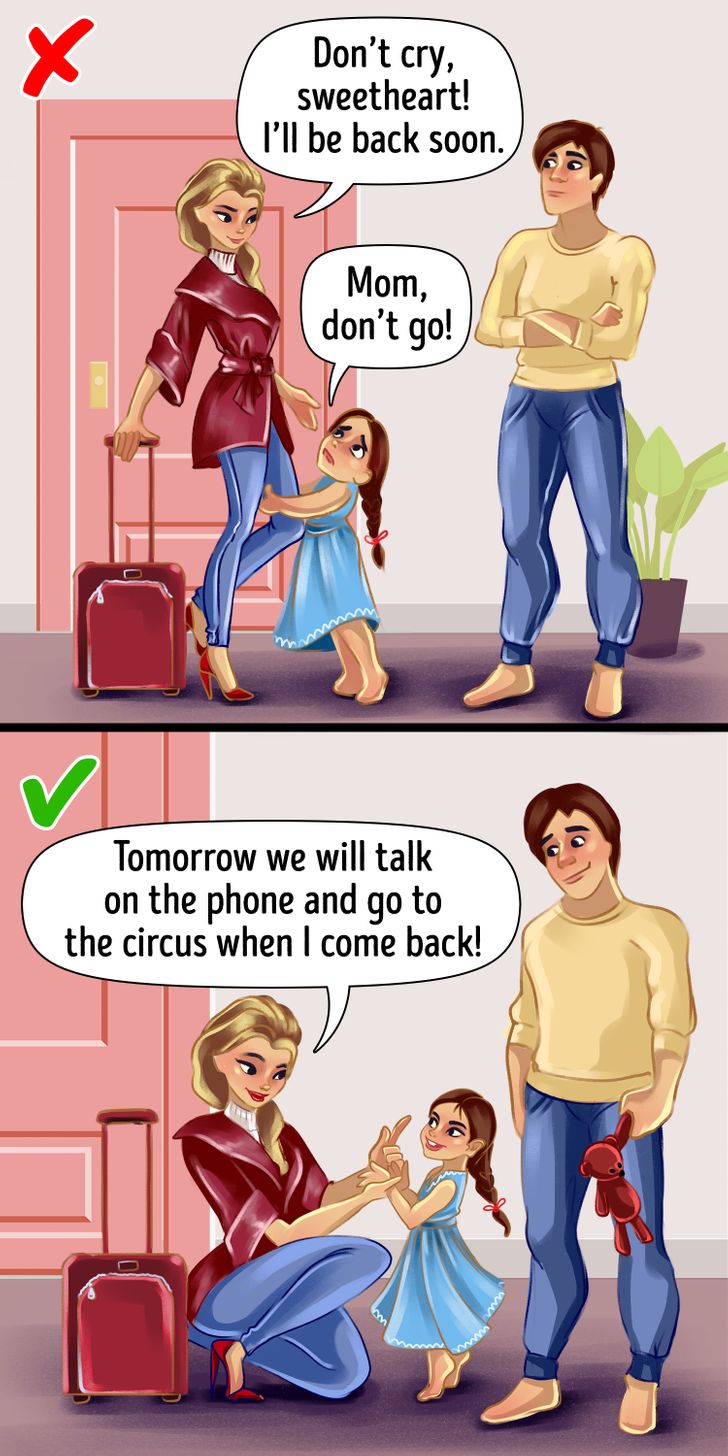
Do you agree with the approach that the author suggests? Are you going to use her ideas in practice? Please tell us about your opinion and plans in the comments!







